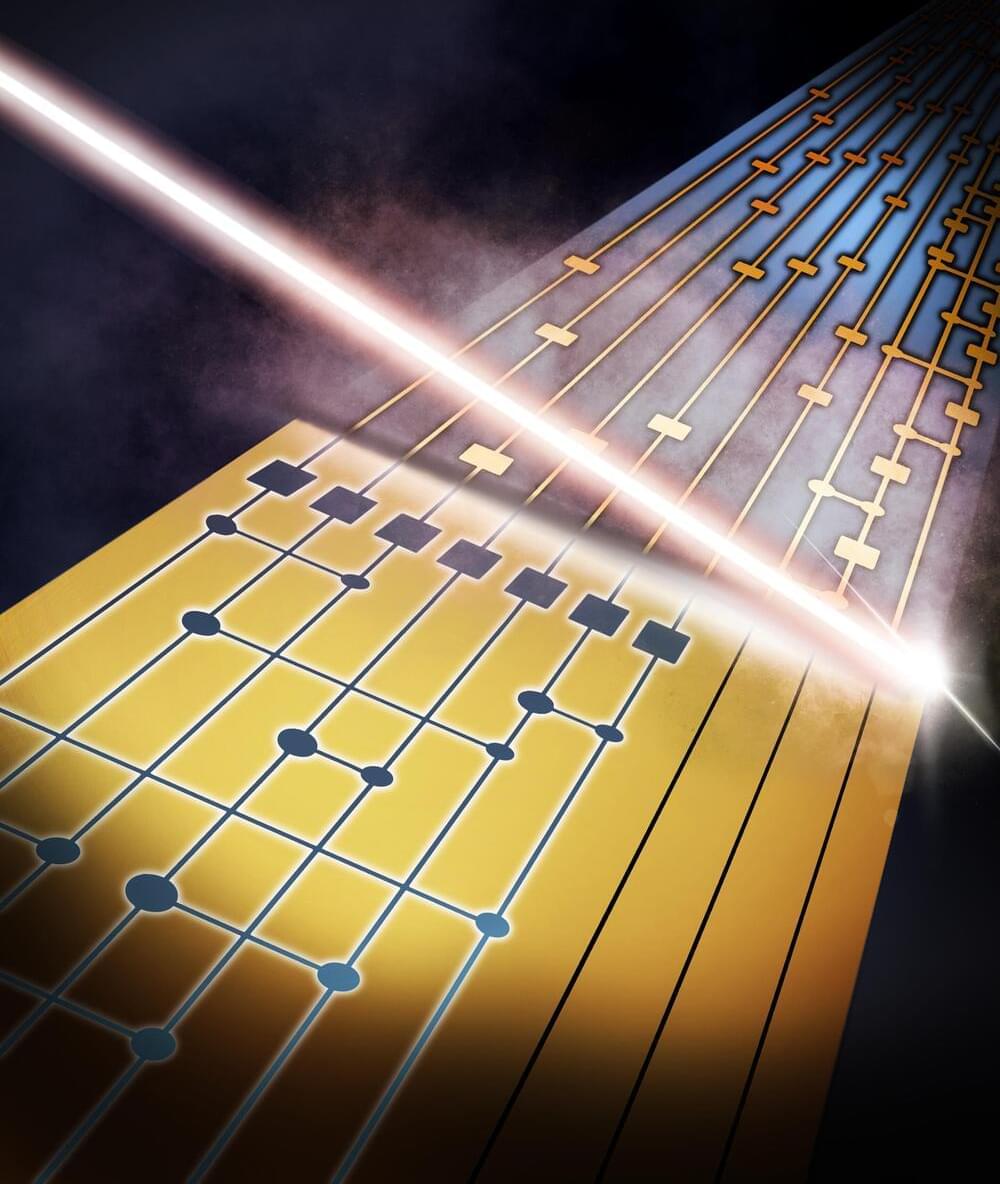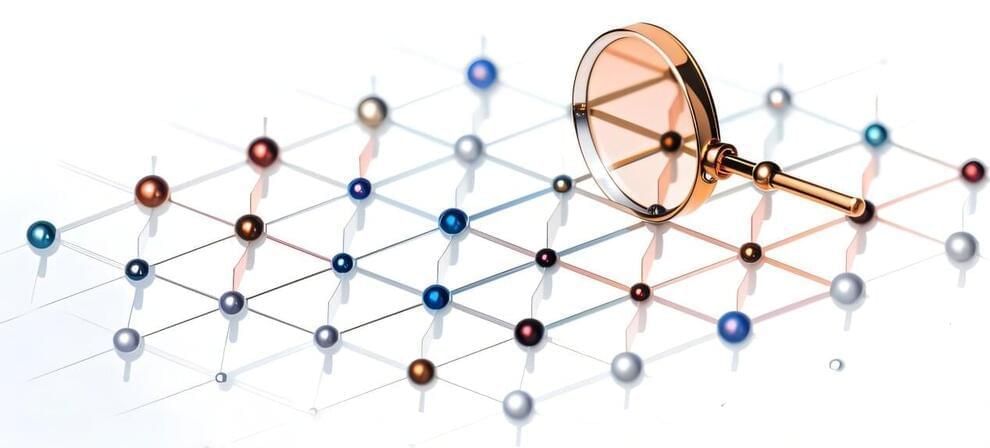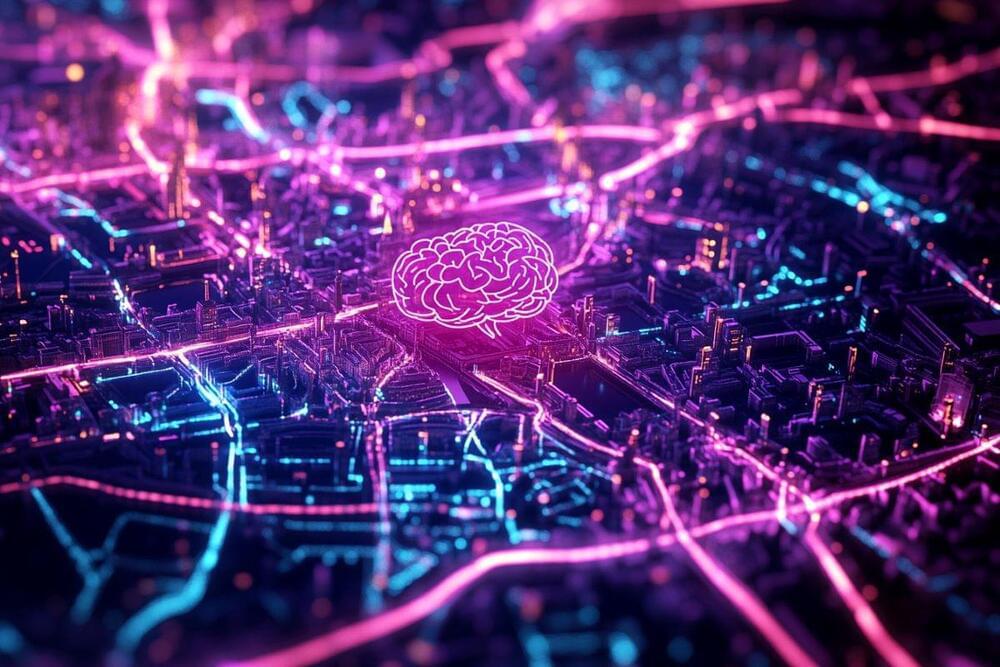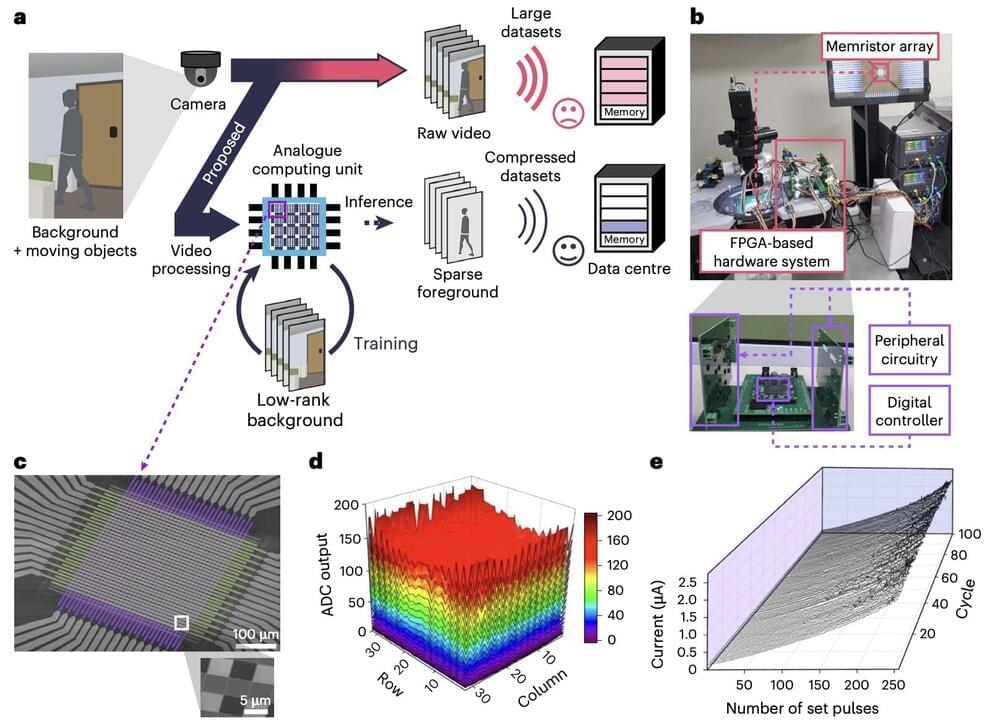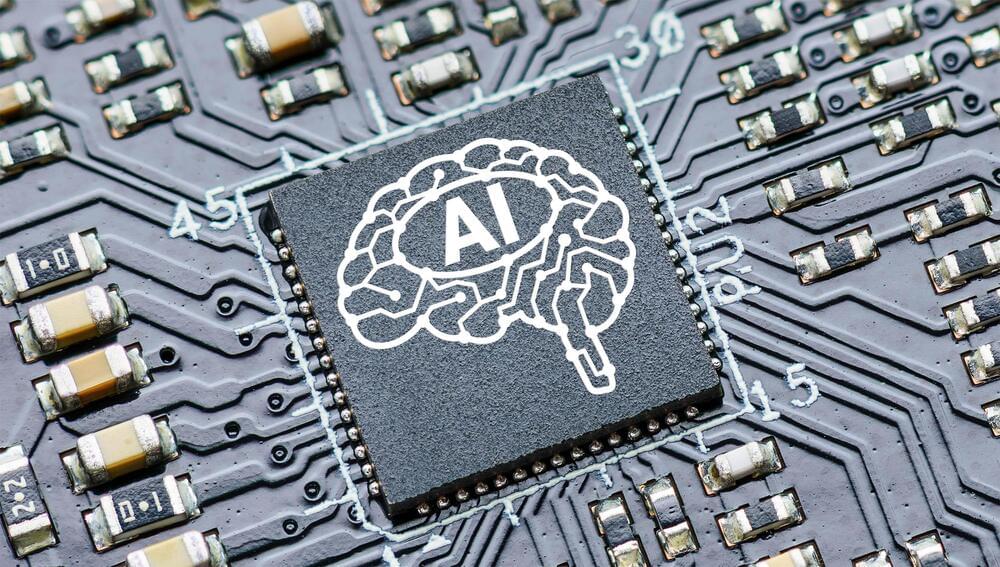In today’s AI news, Mukesh Ambani’s Reliance Industries is set to build the world’s largest data centre in Jamnagar, Gujarat, according to a *Bloomberg News* report. The facility would dwarf the current largest data center, Microsoft’s 600-megawatt site in Virginia. The project could cost between $20 billion to $30 billion.
S most popular consumer-facing AI app. The Beijing-based company introduced its closed-source multimodal model Doubao 1.5 Pro, emphasizing a “resource-efficient” training approach that it said does not sacrifice performance. ‘ + And, OpenAI’s CEO Sam Altman announced that the free tier of ChatGPT will now use the o3-mini model, marking a significant shift in how the popular AI chatbot serves its user base. In the same tweet announcing the change, Altman revealed that paid subscribers to ChatGPT Plus and Pro plans will enjoy “tons of o3-mini usage,” giving people an incentive to move to a paid account with the company.
Then, researchers at Sakana AI, an AI research lab focusing on nature-inspired algorithms, have developed a self-adaptive language model that can learn new tasks without the need for fine-tuning. Called Transformer², the model uses mathematical tricks to align its weights with user requests during inference.
In videos, Demis Hassabis, CEO of Google DeepMind joins the Big Technology Podcast with Alex Kantrowitz to discuss the cutting edge of AI and where the research is heading. In this conversation, they cover the path to artificial general intelligence, how long it will take to get there, how to build world models, and much more.
Squawk Box Then, join IBM’s Meredith Mante as she takes you on a deep dive into Lag Llama, an open-source foundation model, and shows you how to harness its power for time series forecasting. Learn how to load and preprocess data, train a model, and evaluate its performance, gaining a deeper understanding of how to leverage Lag Llama for accurate predictions.
We close out with, CEO Sam Altman, along with OpenAI researchers and developers, Yash Kumar, Casey Chu, and Reiichiro Nakano as they introduce and demonstrate Operator, the new computer-user AI Agent from OpenAI.
Thats all for today, but AI is moving fast, subscribe today to stay informed. Please don’t forget to vote for me in the Entrepreneur of Impact Competition today! Thank you for supporting me and my partners, it’s how I keep NNN free.
